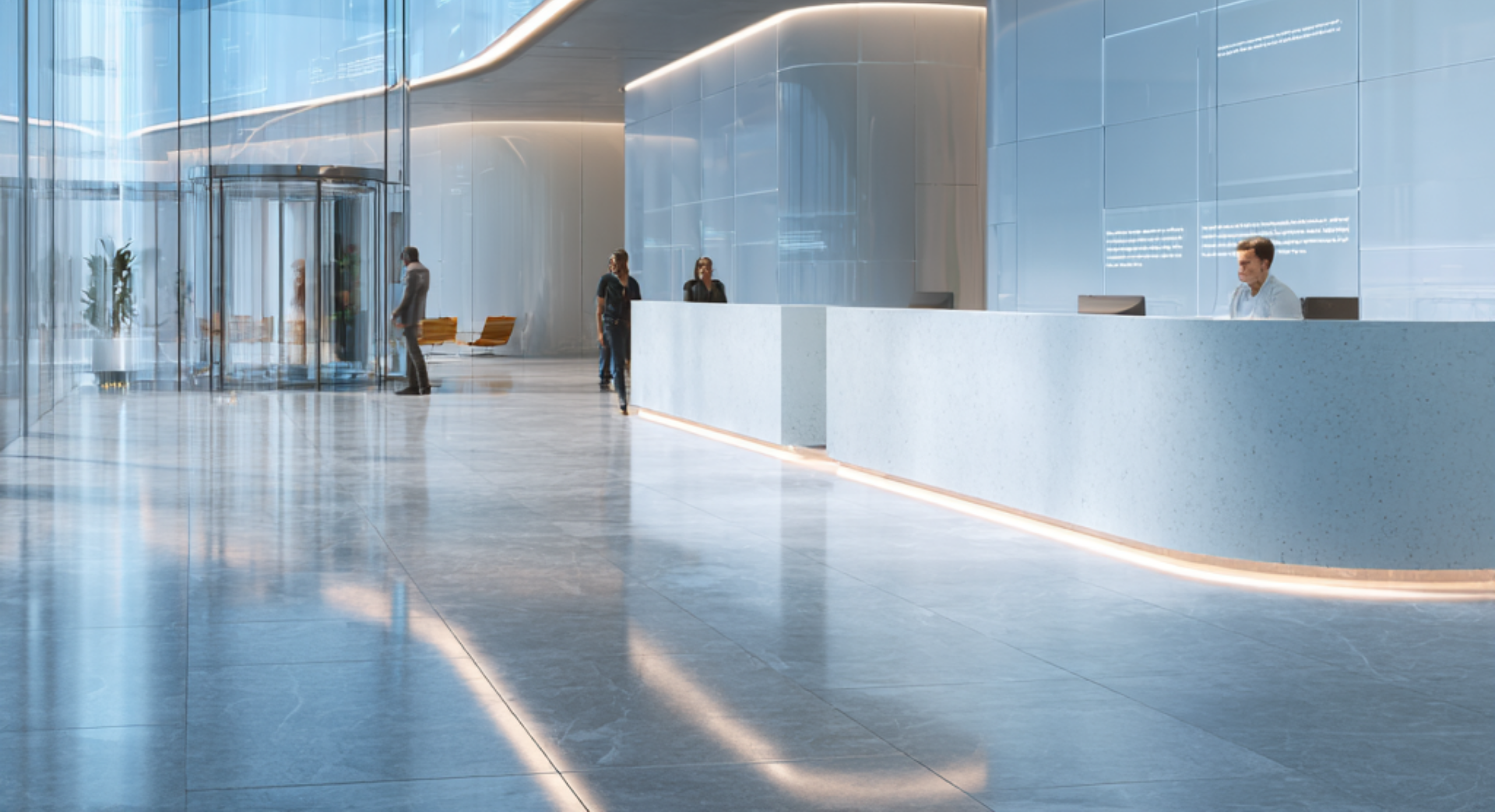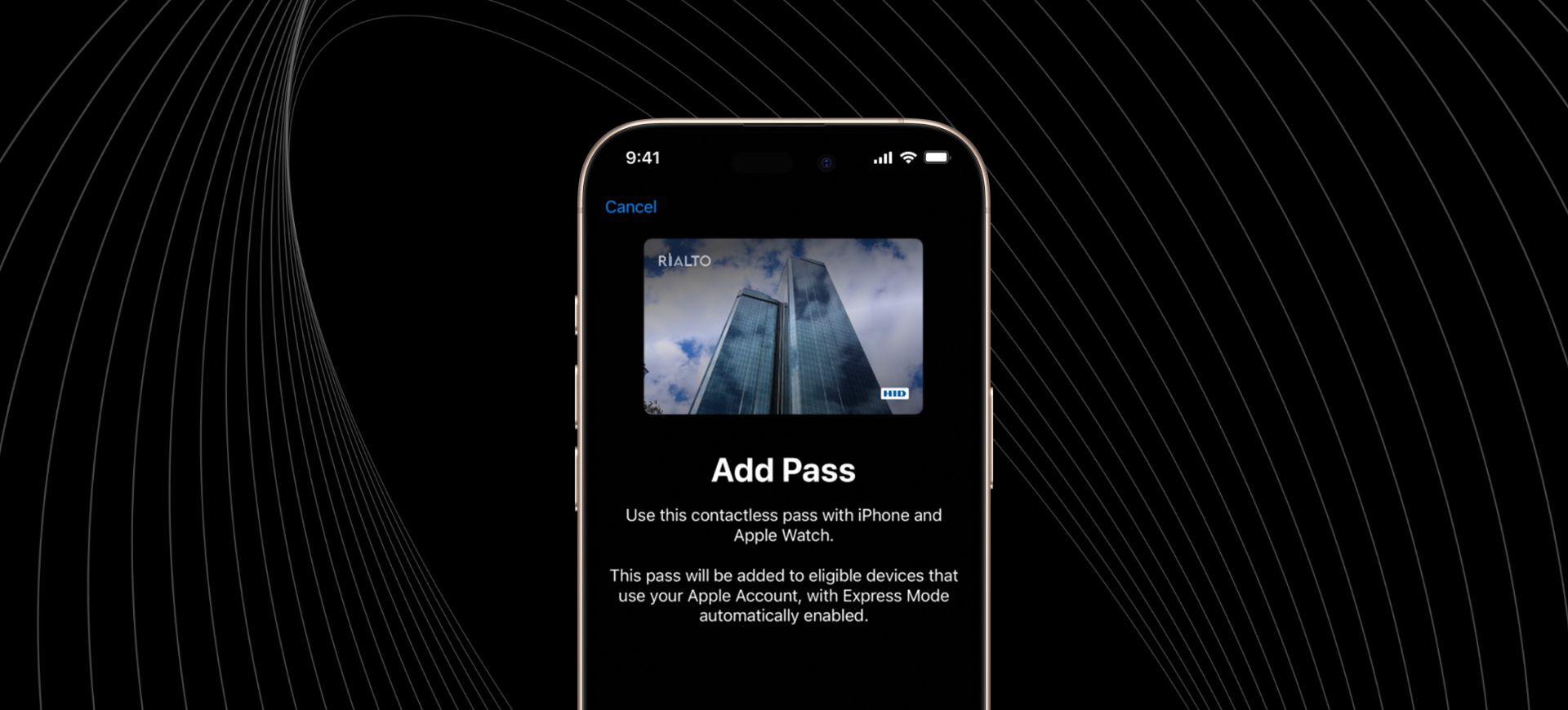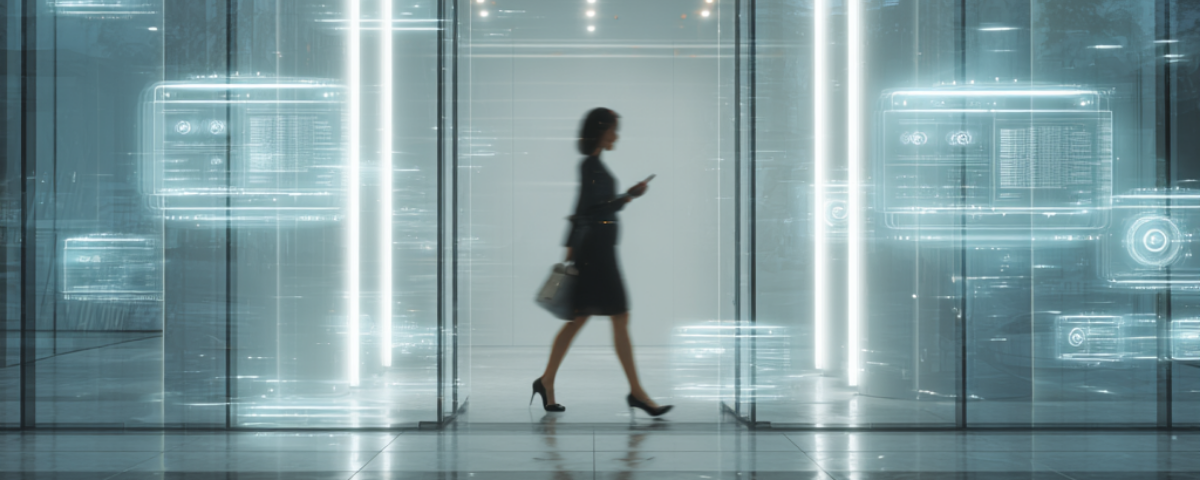Where Every Great Product Starts: The Journey of Product Discovery
Embarking on a product development journey? Let's chat about that all-important first step - product discovery. As digital consultants specialising in product development and solution design, we know the ropes here at Kodaa. Good product discovery doesn't just steer how you'll build your product, it's also your reality check, letting you know if your brilliant idea is really worth the time and resources. Plus, it lays the groundwork for every decision you'll make along the way.
What is product discovery?
Product discovery is the process of thoroughly understanding your users’ problems or needs and validating them before jumping into the development phase. At this stage, designers, researchers, and even developers come together to get an intimate understanding of the target user, and the role the product should play in helping them achieve their goals.
The goal is to figure out the users’ main problems and find the most effective solutions to improve the user experience. Simply put, product discovery is a systematic approach to avoiding costly mistakes and ensuring that your product design genuinely meets the needs and wants of your customers.
The Importance of Product Discovery
Product discovery helps you:
- Define the scope of the project and the expected outcomes clearly.
- Develop an excellent understanding of your target audience, market trends, and customer expectations.
- Validate your idea against market requirements, ensuring that your product addresses real problems for potential users.
- Identify potential risks and form solid contingency plans.
- Prevent expensive changes during the development phase.
- Ensure that you have the right project team to launch your product successfully.
At Kodaa, we believe in the power of product discovery and its role in product strategy. This phase is where the best website developers, mobile app designers, and UX designers can showcase their expertise and create products that genuinely resonate with users.
Initial Product Discovery: What Does It Involve?
It’s easy to rush into the development phase when a brilliant product idea comes to mind. However, diving straight in without understanding your customers’ needs can lead to an expensive and unproductive venture. This is where the initial product discovery comes into play. It ensures that your investment of time, energy, and resources aligns with what your target audience wants and needs and sets up your project for success from the get-go. Initial product discovery may include:
- UX/UI and technical audits of existing digital products and touchpoints.
- User research such as surveys, focus groups, or user testing to gain deep insights into user behaviour.
- Stakeholder workshops for collaborative brainstorming sessions aim to uncover the business goals and problems that need solving.
- Requirements gathering sessions to define and prioritise the desired features.
The Concept of Ongoing Product Discovery
While initial discovery is vital, continuous product discovery is equally essential. It’s an attitude, a tool, and a method that seeks constant customer feedback, making it a habit rather than a one-time event. You don’t just collect insights at the start of the project; you continually collect them throughout the entire product lifecycle.
At Kodaa, product design and management are at the core of what we do. Whether you're a budding website developer or a mobile app agency looking to improve, we are here to guide you through the discovery phase of your digital project. As your go-to point for developing a new product, platform, or digital experience, we ensure you transition smoothly from the problem or idea stage to a fully scoped, designed, and ready-to-build product blueprint.
The product discovery journey can be an exhilarating and enlightening one. Armed with the right tools and partnered with the right agency, you can build products that resonate with your users and stand out in the market.
To take your idea from a concept to a full-fledged product, contact us to discuss your project. Let’s go on this discovery journey together and create products that users love. Find out more about Kodaa and our approach to product discovery today.
Need help getting started?
Keep reading




